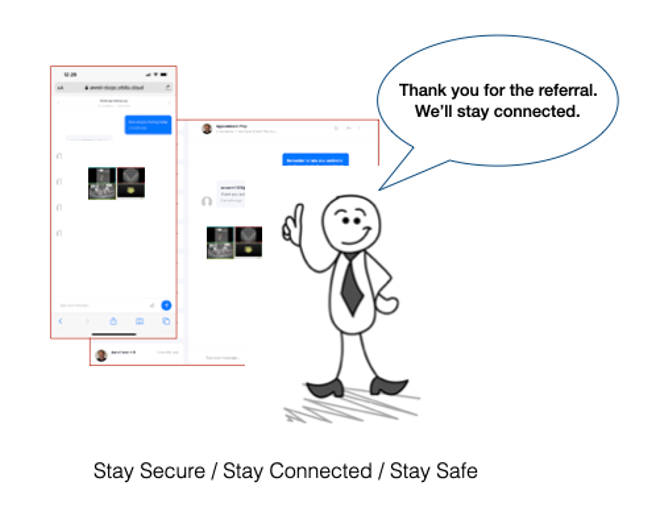Managing the Referral Process
Jan 1, 2024
Managing the Referral Process
 Claims related to referrals are on the rise. "According to the Institute for Healthcare Improvement (IHI), more than 100 million referrals are requested annually in the U.S. with only half being completed."
Claims related to referrals are on the rise. "According to the Institute for Healthcare Improvement (IHI), more than 100 million referrals are requested annually in the U.S. with only half being completed."
"Nearly one in two (46 percent) of referrals has gone unfulfilled, and "lost and unfulfilled referrals adversely affect patients by leading to larger health concerns and result in lost revenue for specialists, averaging anywhere from $953 to $5,150 every time a patient neglects to follow through on a referral. Consider the impact of unhappy patients and unhappy practice." (1)
Referrals require more effort than sending a letter or fax to the subsequent treater with basic information about the patient and the reason for the referral. This is a process that requires communication and tracking. As the healthcare provider, you are responsible for ensuring referrals are completed in a timely manner and meet the needs of your patients
Claims involving referrals are on the rise. According to the Institute for Healthcare Improvement (IHI), more than 100 million referrals are requested annually in the U.S. With only half being completed. (2)
46% of faxed referrals never result in a scheduled patient visit. (3)
Key features of a referral
Care coordination is a central element of the referral process. Traditionally this has been a burden placed on the patient, resulting in inefficiencies, a negative experience of care, and potentially even risk to the patient. Primary care teams need to take responsibility for the process and ensure that referrals flow smoothly. Care coordination is a challenge with referrals and developing a standardized process may help improve care coordination. (4)
The referral process simply put:
- Manage continuity of information transfer between caregivers
- Track the referral
- Manage continuity of care
"A patient will perceive management continuity if there is referral tracking (the referring clinician ensures that the patient visited the specialist) and care integration (both the referring clinician and the specialist agree on the management plan and their respective roles in it)." (5)
- https://www.dentistryiq.com/practice-management/industry/article/16369779/study-nearly-half-of-referrals-made-to-dental-specialists-go-unfulfilled
- https://www.profsolutions.com/industries/dentists/insurance/risk-management/dentistry-and-the-referral-process/
- https://www.ncbi.nlm.nih.gov/pmc/articles/PMC3160594/
- https://www.safetynetmedicalhome.org/sites/default/files/Structuring-Referrals-Dentistry.pdf
- (https://www.ncbi.nlm.nih.gov/pmc/articles/PMC3160594/
